Ram cichlid - Mikrogeophagus ramirezi
Scientific name: Mikrogeophagus ramirezi
Common name: Ram cichlid
Family: Cichlidae
Usual size in fish tanks: 8 - 10 cm (3.15 - 3.94 inch)
014
Recommended pH range: 5 - 7
Recommended water hardness: 0 - 12°N (0 - 214.29ppm)
0°C 32°F30°C 86°F
Recommended temperature range: 23 - 30 °C (73.4 - 86°F)
The way how these fish reproduce: Spawning
Where the species comes from: South America
Temperament to its own species: peaceful
Temperament toward other fish species: peaceful
Usual place in the tank: Middle levels
General Information
The Ram Cichlid (Mikrogeophagus ramirezi) is a stunning, peaceful dwarf cichlid native to the Orinoco River basins in South America. Known for their vibrant colors, both males and females display remarkable color patterns, unlike many other species where males are significantly more colorful. Ram Cichlids prefer calm, slow-moving water, which should be recreated in the aquarium to help them feel secure. Adding blackwater extract to the tank can create a naturalistic habitat and often encourages spawning when both sexes are present.
Though generally peaceful, Ram Cichlids may become mildly territorial when breeding. They are excellent tank mates for other calm, docile fish and thrive in planted tanks with good water quality. Due to their gentle nature, they are ideal for South American-themed community tanks and are known to be curious fish that may approach the glass to interact with their keepers.
Feeding the Ram Cichlid
A varied diet is essential for the health and vibrancy of Ram Cichlids. Provide a balanced diet of high-quality flakes or small cichlid pellets, supplemented with meaty foods such as live or frozen bloodworms, brine shrimp, and daphnia. Their diet should include protein-rich foods to support their energy levels and enhance their coloration. Feed small portions twice daily, ensuring all food is consumed within a few minutes to maintain water quality.
Sexing the Ram Cichlid
Sexing Ram Cichlids can be observed through slight physical differences. Males are often more colorful than females and have a slimmer, more streamlined body. Mature males also develop extended rays on the front edge of their dorsal fins. Females, particularly when preparing to spawn, show a pinkish hue on their belly, which becomes more prominent when they are ready to breed.
Breeding the Ram Cichlid
Ram Cichlids are relatively easy to breed in captivity, particularly when they have access to flat surfaces for spawning. Flat rocks or slate are preferred, but if unavailable, they may dig small pits in the substrate as nest sites. A soft, fine sand substrate is ideal, as it’s gentle on their delicate mouths and allows for natural foraging behavior. Both parents take an active role in protecting the nest, often seen fanning water over the eggs to increase oxygen levels. After a few days, the eggs will hatch, but the fry do not require food until they are free-swimming, usually 4-5 days post-hatching. For breeding success, consider sourcing wild-caught Rams, as captive-bred varieties may have lower fertility rates.
Questions and Answers
On March 25th, 2011, the following answers were moved here from aqua-fish.net/answers due to merging related content.
-
Why do Ram Cichlids need to be kept in pairs?
Answer: Ram Cichlids are naturally shy fish. Keeping them in pairs helps them feel more secure and confident. Ideally, the pair should consist of a male and female; keeping two males may lead to territorial disputes.
-
What size tank does a pair of Rams need?
Answer: Ram Cichlids should be kept in pairs, and a tank of at least 20 gallons (~75 liters) is recommended for two fish to ensure they have ample space and comfortable water quality.
Tank Requirements
For a pair of Ram Cichlids, a minimum tank size of 20 gallons (~75 liters) is recommended. They thrive in well-planted tanks with calm waters and require stable water parameters, especially since they are sensitive to water quality fluctuations. Ideal water conditions include a temperature range of 23-30°C (73.4-86°F), a pH between 5 and 7, and soft to moderately hard water. Adding driftwood, Indian almond leaves, or other tannin-producing materials can create natural tannins in the water, mimicking their native blackwater habitat.
Since Rams are sensitive to poor water quality, maintain regular weekly water changes of 20-30% and avoid introducing aggressive or overly active tankmates, which could stress them. A soft, sandy substrate is recommended for substrate-digging and sifting behaviors, while shaded areas created by floating plants or dense vegetation help them feel more secure. Additionally, regular filter maintenance and weekly water testing are advised to keep water parameters stable.
Recommended Tankmates
Ram Cichlids are peaceful and compatible with other calm, similarly sized fish. Ideal tankmates include:
- Cardinal Tetras and Rummy Nose Tetras
- Harlequin Rasboras
- Corydoras Catfish (various species)
- Otocinclus
- Small dwarf gouramis and other non-aggressive species
Avoid keeping them with large, boisterous fish or fin-nipping species, as Rams are sensitive and may become stressed. Shrimp, such as Amano shrimp, and peaceful snails like Nerites can also make suitable tankmates, adding variety and helping maintain a clean tank.
Recommended Plants
Plants add natural cover and enhance the blackwater aesthetic favored by Ram Cichlids. Suitable plant choices include:
- Java Fern (Microsorum pteropus)
- Anubias (Anubias barteri)
- Amazon Sword (Echinodorus amazonicus)
- Water Wisteria (Hygrophila difformis)
- Java Moss (Vesicularia dubyana)
These plants thrive in lower light levels and help create shaded areas, which reduce stress for Ram Cichlids. Additionally, live plants contribute to water quality by absorbing nitrates and enhancing oxygen levels in the tank.
Short Description
The Ram Cichlid (Mikrogeophagus ramirezi) is a peaceful, vibrant species popular in aquariums for its striking colors and gentle nature. Native to South America’s Orinoco River basins, they prefer calm waters and a well-planted environment. Ideal for community tanks, they pair well with other peaceful fish and require stable water conditions for optimal health. Ram Cichlids may show territorial behavior during breeding but are otherwise friendly and thrive in pairs or small groups.
Pictures
Thanks to Alberto Villarroya and Tom for pictures. Other pictures were bought by aqua-fish.net from jjphoto.dk. Another are from Dessi!





















 Thread-finned
Thread-finned  Acara
Acara 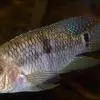 Yellow
Yellow 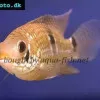 Patrick's
Patrick's  Blue
Blue 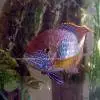 Green
Green  Acara
Acara  White
White  Compressed
Compressed 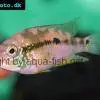 Pastel
Pastel 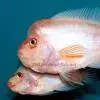 Midas
Midas 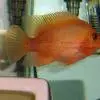 Red
Red 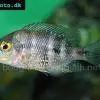 Bluemouth
Bluemouth  False
False  African
African 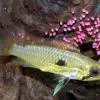 Agassiz's
Agassiz's  Banded
Banded  Yellow
Yellow 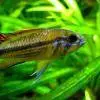 Cockatoo
Cockatoo 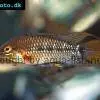 Blue
Blue  Blackstripe
Blackstripe 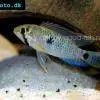 Highfin
Highfin 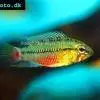 Redstripe
Redstripe  Threadfinned
Threadfinned 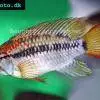 Macmaster’s
Macmaster’s 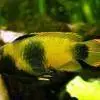 Panda
Panda 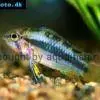 Norbert’s
Norbert’s 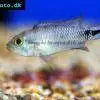 Blue
Blue 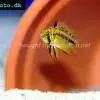 Thin-line
Thin-line 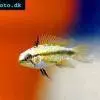 Three-striped
Three-striped  Viejita
Viejita  Flier
Flier 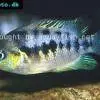 Archocentrus
Archocentrus 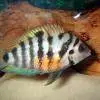 Convict
Convict 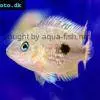 Seven
Seven 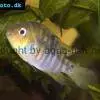 Blue-eye
Blue-eye 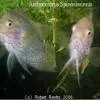 Spiny
Spiny  Oscar
Oscar 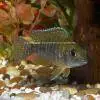 Sunshine
Sunshine 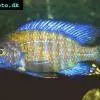 Chitande
Chitande  Firebird
Firebird 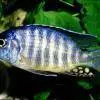 Midnight
Midnight 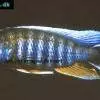 Lake
Lake  Sunshine
Sunshine 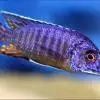 Aulonocara
Aulonocara 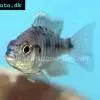 Nyasa
Nyasa  Ruby
Ruby  Grants
Grants 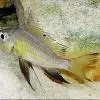 Aulonocranus
Aulonocranus  Chameleon
Chameleon 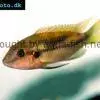 Benitochromis
Benitochromis  Orinoco
Orinoco 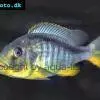 Yellow
Yellow  Brichard’s
Brichard’s 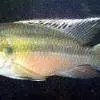 Guenther’s
Guenther’s 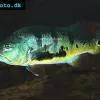 Cichla
Cichla 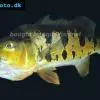 Peacock
Peacock 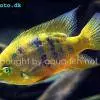 Chiseltooth
Chiseltooth 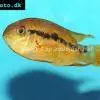 Bolivian
Bolivian 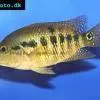 Red
Red 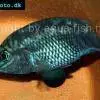 Many-pointed
Many-pointed  Jack
Jack 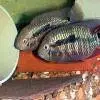 Red
Red  Yellow
Yellow 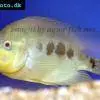 Three
Three 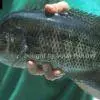 Mayan
Mayan 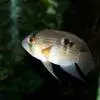 Keyhole
Keyhole  Azureus
Azureus 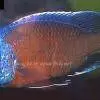 Red
Red 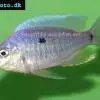 Jackson’s
Jackson’s  Crenicichla
Crenicichla  Honduran
Honduran 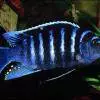 Afra
Afra  Frontosa
Frontosa  Slender
Slender  Malawi
Malawi  Chequerboard
Chequerboard  Checkerboard
Checkerboard 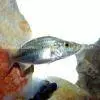 Malawi
Malawi  Ectodus
Ectodus  Tanganyika
Tanganyika  Canara
Canara 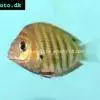 Green
Green 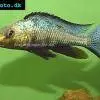 Rostratus
Rostratus 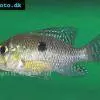 Pearl
Pearl  Geophagus
Geophagus  Yellowhump
Yellowhump 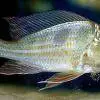 Suriname
Suriname  Redhump
Redhump 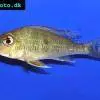 Red
Red  Dority’s
Dority’s 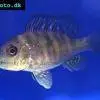 Argentine
Argentine 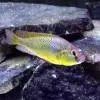 Burton’s
Burton’s  Victoria
Victoria  Haplochromis
Haplochromis 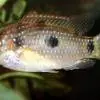 Jewel
Jewel 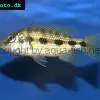 Banded
Banded  Lifalili
Lifalili 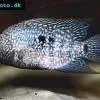 Lowland
Lowland 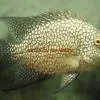 Texas
Texas 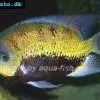 Pantano
Pantano 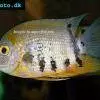 Severum
Severum 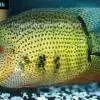 Banded
Banded  Severum
Severum  Rainbow
Rainbow  Parrot
Parrot  Chocolate
Chocolate 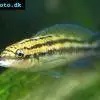 Brown
Brown 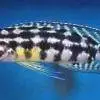 Marlieri
Marlieri  Golden
Golden 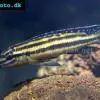 Striped
Striped  Masked
Masked 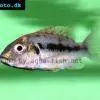 Konye
Konye 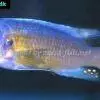 Blue
Blue 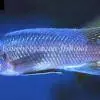 Trewavas
Trewavas  Electric
Electric  Dwarf
Dwarf 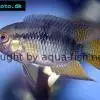 Redbreast
Redbreast  Lamprologus
Lamprologus  Gold
Gold 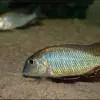 Greenface
Greenface 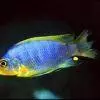 Aurora
Aurora  Blue
Blue  William’s
William’s 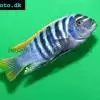 Zebra
Zebra 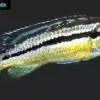 Malawi
Malawi 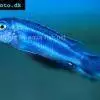 Blue
Blue  Blue
Blue 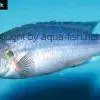 Mbuna
Mbuna 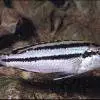 Parallel
Parallel 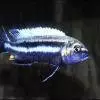 Purple
Purple 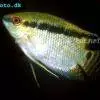 Flag
Flag 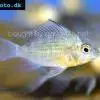 Bolivian
Bolivian 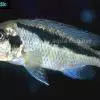 Basket
Basket  Haitian
Haitian 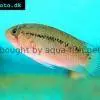 Zebra
Zebra  Striped
Striped 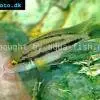 Neolamprologus
Neolamprologus 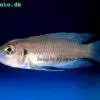 Brevis
Brevis  Fairy
Fairy 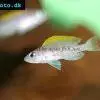 Neolamprologus
Neolamprologus 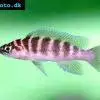 Cylindricus
Cylindricus 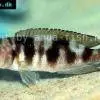 Hecq’s
Hecq’s  Neolamprologus
Neolamprologus  Lemon
Lemon  Mustax
Mustax  Daffodil
Daffodil  Six-bar
Six-bar 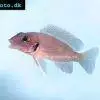 Five-bar
Five-bar  Marbled
Marbled 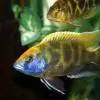 Giraffe
Giraffe 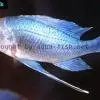 Blue
Blue  Sulphurhead
Sulphurhead 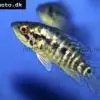 Wolf
Wolf  Jaguar
Jaguar 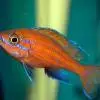 Blue
Blue  Marakeli
Marakeli 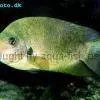 Madagascar
Madagascar  Pinstripe
Pinstripe  Pelmatochromis
Pelmatochromis 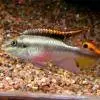 Kribensis
Kribensis  Striped
Striped 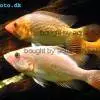 Red
Red 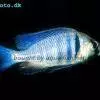 Deepwater
Deepwater 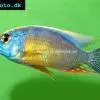 Fenestratus
Fenestratus  Nichols’
Nichols’ 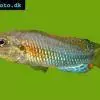 Southern
Southern  Bumble
Bumble 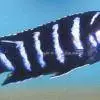 Demason’s
Demason’s  Slender
Slender 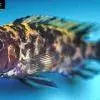 Red
Red  Mbuna
Mbuna 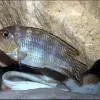 Malawi
Malawi  Kenyi
Kenyi 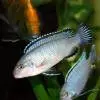 Powder
Powder 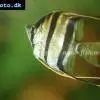 Altum
Altum  Angelfish
Angelfish  Angelfish
Angelfish  East
East  Juba
Juba  Earth
Earth 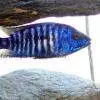 Electric
Electric  Azure
Azure  Lionhead
Lionhead  Discus
Discus  Blue
Blue 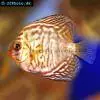 Zebra
Zebra 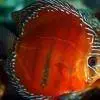 Red
Red 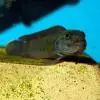 Brichard’s
Brichard’s 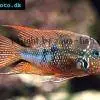 Blue
Blue  Firemouth
Firemouth 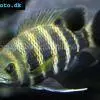 Zebra
Zebra 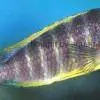 Blue
Blue 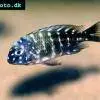 Dwarf
Dwarf 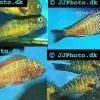 Blunthead
Blunthead 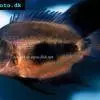 The
The 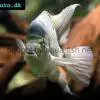 White
White 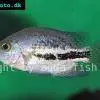 Twoband
Twoband 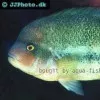 Fenestratus
Fenestratus 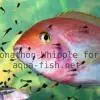 Window
Window  Southern
Southern  Tailbar
Tailbar  Black
Black 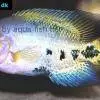 Redhead
Redhead 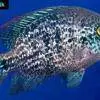 Oaxaca
Oaxaca  Xenotilapia
Xenotilapia